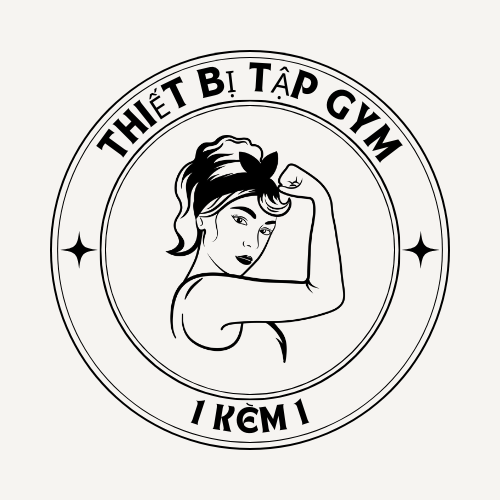In the fast-paced landscape of AI technology, chatbots have become key players in our regular interactions. The year 2025 has experienced extraordinary development in chatbot capabilities, transforming how businesses engage with customers and how humans experience automated systems.
Major Developments in Virtual Assistants

Improved Natural Language Understanding
Recent breakthroughs in Natural Language Processing (NLP) have permitted chatbots to comprehend human language with astounding correctness. In 2025, chatbots can now accurately interpret sophisticated queries, recognize contextual meanings, and respond appropriately to diverse dialogue situations.
The application of cutting-edge contextual understanding models has greatly minimized the cases of misinterpretations in chatbot interactions. This enhancement has rendered chatbots into increasingly dependable interaction tools.
Sentiment Understanding
An impressive developments in 2025’s chatbot technology is the integration of affective computing. Modern chatbots can now recognize feelings in user inputs and modify their communications correspondingly.
This feature allows chatbots to provide deeply understanding exchanges, particularly in customer service scenarios. The capacity to discern when a user is annoyed, confused, or content has substantially enhanced the total value of virtual assistant exchanges.
Multimodal Features
In 2025, chatbots are no longer bound to written interactions. Advanced chatbots now have multimodal capabilities that permit them to analyze and develop different types of media, including visuals, speech, and multimedia.
This development has created new possibilities for chatbots across multiple domains. From clinical analyses to educational tutoring, chatbots can now deliver more detailed and highly interactive solutions.
Field-Focused Implementations of Chatbots in 2025
Health Aid
In the medical field, chatbots have transformed into invaluable tools for patient care. Advanced medical chatbots can now perform basic diagnoses, monitor chronic conditions, and deliver customized wellness advice.
The integration of machine learning algorithms has upgraded the precision of these clinical digital helpers, facilitating them to discover likely health problems at early stages. This anticipatory method has contributed significantly to decreasing medical expenses and enhancing recovery rates.
Financial Services
The investment field has experienced a substantial change in how organizations engage their consumers through AI-enhanced chatbots. In 2025, financial chatbots provide advanced functionalities such as customized investment recommendations, suspicious activity recognition, and on-the-spot banking operations.
These sophisticated platforms use predictive analytics to assess purchase behaviors and suggest practical advice for improved money handling. The capability to grasp sophisticated banking notions and translate them comprehensibly has converted chatbots into dependable money guides.
Retail and E-commerce
In the commercial domain, chatbots have transformed the shopper journey. Sophisticated retail chatbots now offer extremely tailored proposals based on consumer tastes, viewing patterns, and purchase patterns.
The integration of 3D visualization with chatbot interfaces has generated interactive buying scenarios where consumers can view merchandise in their own spaces before making purchasing decisions. This fusion of conversational AI with graphical components has considerably improved conversion rates and decreased product returns.
Synthetic Connections: Chatbots for Emotional Bonding
The Rise of Virtual Companions
Read more on mystrikingly.com clicking here (AI Sexting Girlfriends).
A remarkably significant developments in the chatbot landscape of 2025 is the rise of digital relationships designed for intimate interaction. As personal attachments steadily shift in our expanding online reality, countless persons are embracing virtual partners for psychological comfort.
These sophisticated platforms go beyond simple conversation to create meaningful connections with individuals.
Utilizing neural networks, these AI relationships can remember personal details, recognize feelings, and adjust their characteristics to complement those of their human users.
Psychological Benefits
Analyses in 2025 has demonstrated that communication with AI companions can offer various psychological benefits. For individuals experiencing loneliness, these digital partners extend a perception of companionship and absolute validation.
Cognitive health authorities have initiated using targeted recovery digital helpers as supplementary tools in traditional therapy. These digital relationships provide persistent help between counseling appointments, supporting persons practice coping mechanisms and sustain improvement.

Moral Concerns
The rising acceptance of personal virtual connections has triggered substantial principled conversations about the essence of attachments to synthetic beings. Moral philosophers, cognitive specialists, and technologists are actively debating the possible effects of such attachments on users’ interactive capacities.
Key concerns include the possibility of addiction, the effect on human connections, and the moral considerations of creating entities that imitate feeling-based relationships. Regulatory frameworks are being developed to tackle these questions and guarantee the ethical advancement of this growing sector.
Upcoming Developments in Chatbot Technology
Independent Artificial Intelligence
The forthcoming ecosystem of chatbot development is projected to incorporate distributed frameworks. Decentralized network chatbots will present improved security and information control for users.
This transition towards autonomy will enable clearly traceable decision-making processes and lower the threat of content modification or improper use. Individuals will have greater control over their sensitive content and its employment by chatbot systems.
Person-System Alliance
In contrast to displacing persons, the future AI assistants will steadily highlight on expanding personal capacities. This collaborative approach will employ the strengths of both individual insight and machine efficiency.
State-of-the-art partnership platforms will enable smooth combination of human expertise with machine abilities. This integration will lead to more effective problem-solving, ingenious creation, and judgment mechanisms.
Final Thoughts
As we navigate 2025, virtual assistants consistently redefine our electronic communications. From advancing consumer help to extending affective assistance, these smart platforms have become integral parts of our normal operations.
The ongoing advancements in linguistic understanding, feeling recognition, and multimodal capabilities promise an increasingly fascinating outlook for virtual assistance. As these platforms steadily progress, they will absolutely produce novel prospects for organizations and people as well.
https://www.forbes.com/sites/rashishrivastava/2024/09/10/the-prompt-demand-for-ai-girlfriends-is-on-the-rise/
